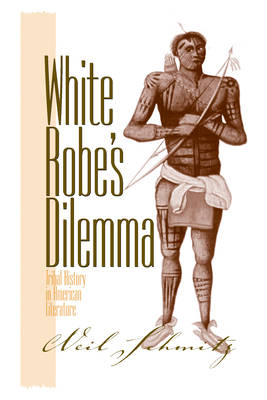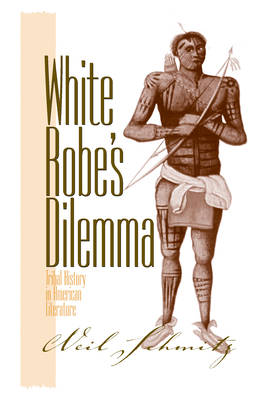
- Retrait gratuit dans votre magasin Club
- 7.000.000 titres dans notre catalogue
- Payer en toute sécurité
- Toujours un magasin près de chez vous
- Retrait gratuit dans votre magasin Club
- 7.000.0000 titres dans notre catalogue
- Payer en toute sécurité
- Toujours un magasin près de chez vous
Description
The Mesquakie peoples of present-day Iowa, historically known as the Fox, are at the center of White Robe's Dilemma. An encounter with the French in the Great Lakes region, their original homeland, marked their first appearance in Euro-American history. Targeted for annihilation after they refused alliance with the French, they nevertheless endured, reappearing again and again in the records of the English and Americans as well as the French. Over the years, the resistance of the Mesquakies has taken many forms, diplomatic and military, economic and cultural. They have rejected Christianity for the most part, and ridiculed the many anthropologists who keep coming to study them. A substantial number have managed, unlike virtually any other Indian group in the United States, to elude the reservation system by buying and maintaining their own settlement. Several have made important contributions to the literature in English by Indians, as has Black Hawk, of the confederate Sauk, whose autobiography has been in print since the Jacksonian period; William Jones, who became a student of renowned anthropologist Franz Boaz; and Ray Young Bear, author of the highly regarded autobiography, Black Eagle Child or The Facepaint Narratives. In this intriguing study, Neil Schmitz imaginatively reconstructs and carefully analyzes the multiple legacies of the Mesquakie people. He shows how the complex story of their survival raises critical questions about the representation of Indians in American literature and history. Although the Mesquakies are central to the book, Schmitz ranges widely through American literature both by and about Indians. Chapters on Standing Bear and Black Elk reopen the issue of agency and status, and reposition their tribal history. Helen Hunt Jackson's A Century of Dishonor and Elaine Goodale Eastman's Sister of the Sioux are given extensive readings. In pointed example and comparison, the author's broad knowledge of American literature repeatedly shows itself.
Spécifications
Parties prenantes
- Auteur(s) :
- Editeur:
Contenu
- Nombre de pages :
- 192
- Langue:
- Anglais
- Collection :
Caractéristiques
- EAN:
- 9781558492912
- Date de parution :
- 18-07-01
- Format:
- Livre broché
- Format numérique:
- Trade paperback (VS)
- Dimensions :
- 156 mm x 231 mm
- Poids :
- 299 g

Les avis
Nous publions uniquement les avis qui respectent les conditions requises. Consultez nos conditions pour les avis.






